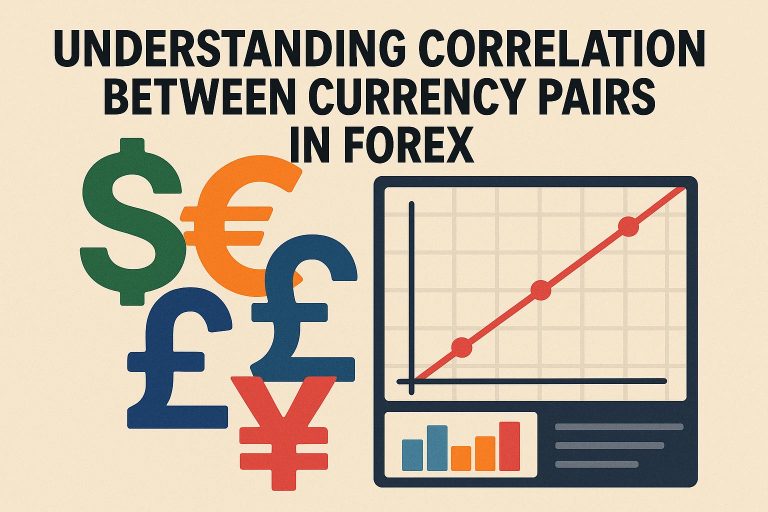Introduction to Currency Pair Correlations
In the dynamic Forex market, understanding the correlation between currency pairs is paramount for traders who wish to make calculated and informed decisions. Currency pair correlations exist when the price movements of two distinct currency pairs exhibit mirroring behavior, either by moving in the same or opposite directions. This correlation insight helps traders anticipate market trends and adjust their trading strategies effectively.
What is Currency Pair Correlation?
Currency pair correlation is a statistical measure that underscores the relationship between two currency pairs. Typically expressed through a correlation coefficient, this measure quantifies the strength and direction of the relationship, with the coefficient ranging from -1 to +1. A coefficient approximating +1 indicates that the currency pairs move in the same direction, signifying a positive correlation. In contrast, a coefficient nearing -1 means that the pairs move in opposite directions, reflecting a negative correlation. A correlation near zero suggests there is little to no predictable relationship between the pairs.
Importance of Correlation in Forex Trading
Grasping the concept of correlations in Forex trading confers several advantages. Portfolio diversification is one of the primary benefits, as traders who understand which currency pairs tend to move in unison or in opposition can tailor their strategies to manage risk better and optimize portfolio allocation.
Additionally, currency correlations are pivotal for optimizing hedging strategies. For instance, if a trader holds a long position on a currency pair known for its positive correlation with another pair, taking a short position on the second pair can act as a hedge against potential losses. Conversely, trading multiple currencies with high positive correlation without a hedging mechanism might heighten risk rather than distribute it.
Calculating Currency Correlations
Evaluating currency correlations necessitates the use of historical price data, often analyzed through statistical software or correlation tables provided by various financial platforms. The calculation typically employs statistical methods such as the Pearson correlation formula to derive the correlation coefficient. This coefficient is a numerical representation of the strength and direction of the relationship between two currency pairs.
It’s important to note that currency correlations are not static; they can fluctuate due to shifts in market dynamics, central bank policies, or economic indicators. Therefore, regularly updating correlation data ensures traders remain equipped with relevant information that reflects the current state of the market.
Real-World Examples
A few well-recognized correlated pairs include the EUR/USD and GBP/USD pairs. These usually show a strong positive correlation because of the intertwined political and economic ties between the Eurozone and the United Kingdom. Similarly, the USD/CHF and EUR/USD pairs often demonstrate an inverse relationship, attributable to the Swiss Franc’s reputation as a safe-haven currency. This status causes it to react distinctively during economic uncertainties, leading to an inverse correlation with other major currency pairs linked to economic stability.
Understanding these correlations enables traders to anticipate movements and make more precise trading decisions, leveraging the predictability inherent in these established relationships.
Conclusion
Recognizing and leveraging currency pair correlations stands as an invaluable tool within a Forex trader’s repertoire. By gaining insights into how different pairs are interrelated, traders can execute strategic decisions that elevate their trading activities. Through strategic correlation analysis, traders are positioned to enhance their overall Forex trading strategies, thus increasing the probability of profitable outcomes.
For those seeking more comprehensive insights and strategies regarding Forex trading, visiting dedicated financial analysis platforms can be beneficial. These resources often offer the latest updates on currency correlations and other market dynamics, ensuring traders are well-informed and strategically positioned.
For more detailed insights and strategies related to Forex trading, visit this resource for a wealth of information.
This article was last updated on: October 9, 2025

